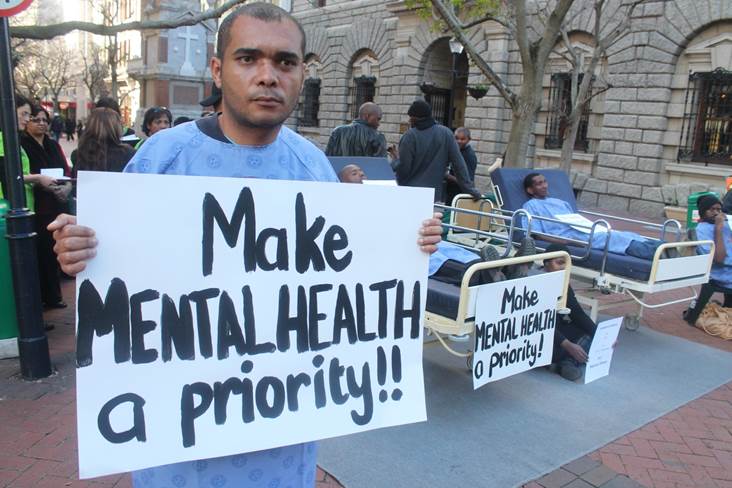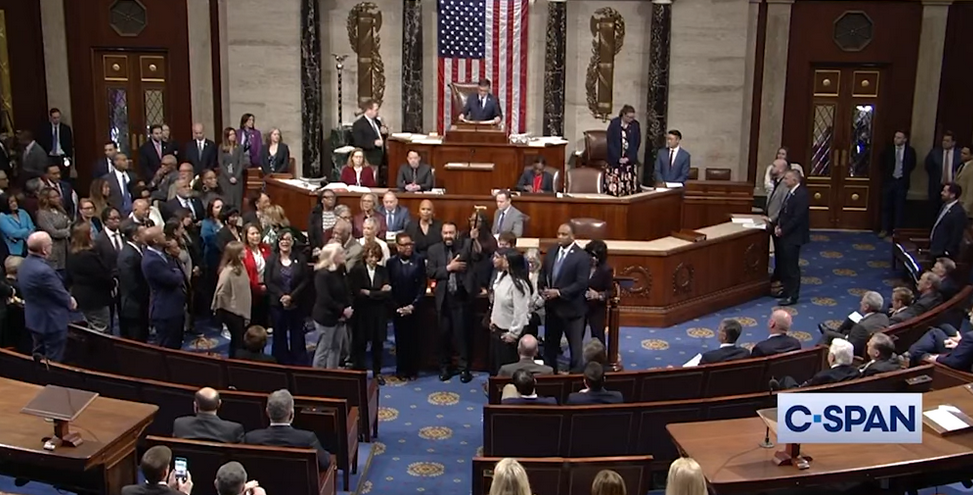According to the Substance Abuse and Mental Health Service Administration, mental illness affects approximately 1 in 5 American adults.
In recent years, America has made great strides to combat the stigma against mental illness and to promote discussion, empathy, and understanding towards those living with mental illnesses.
Robin William’s suicide in 2014 sparked deep and meaningful conversations about depression, while actress and singer Demi Lovato has used her platform to raise awareness about mental illness by speaking candidly about her diagnosis with bipolar disorder. In May, Lovato revealed her campaign “Be Vocal: Speak up for Mental Health,” an initiative designed to empower and encourage Americans to use their voice in support of mental health.
Despite increased awareness and discussions, many individuals living with mental illnesses remain isolated and untreated as accessibility and affordability continue to exist as key obstacles preventing them from receiving professional help. This phenomenon is something mental health counselors know all too well.
“With deinstitutionalization in the 1950s came the creation of the Medicaid and Medicare systems,” explains Mandy Mitchell, a Licensed Clinical Social Worker registered in California, Idaho, and Oregon. “While many in our population have benefitted from these social healthcare programs, they have also led to disparities in care and funding.”
Inequalities in mental health care are most apparent in communities of color. According to the American Psychological Association, individuals in communities of color are more likely to be undiagnosed, underdiagnosed, and misdiagnosed due to cultural, linguistic, and historical reasons.
With the passage of the Affordable Care Act, millions of Americans finally had the opportunity to obtain mental health coverage; however, America’s mental health system is still far from perfect.
“Even under the Affordable Care Act, premiums can still be out of reach for middle class Americans that earn too much income to qualify for Medicaid, but don’t make enough to afford the high premiums and out of pocket expenses, leaving them without affordable care,” explains Mitchell.
In addition, the mental healthcare system is struggling to meet the influx of patients requesting services. According to the US Department of Health and Human Services, approximately 91 million adults live in areas with shortages of mental health professionals. This problem is particularly dire in rural parts of the country. The increased demand for services has resulted in long wait times for appointments and the inability for practitioners to accept new clients.
Faced with these challenges, many Americans with mental illnesses fall through the cracks. According to the 2012 National Survey on Drug Use and Health, 60% of adults with a mental illness and 40% of adults with a severe mental illness (schizophrenia or bipolar disorder) received no treatment in the previous year.
Awareness is only one part of the solution. Although we have made great strides in changing social attitudes towards mental illness, providing affordable, accessible, and high quality care is the other part of the solution we haven’t quite figured out yet.






